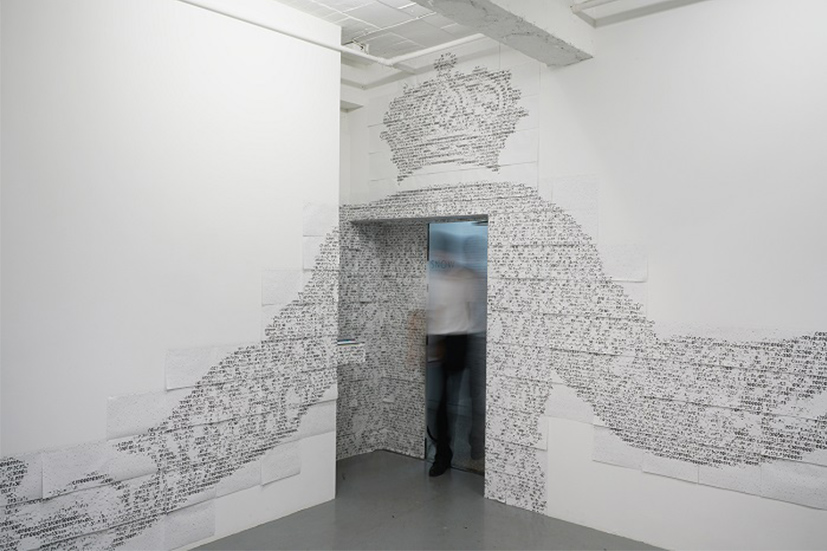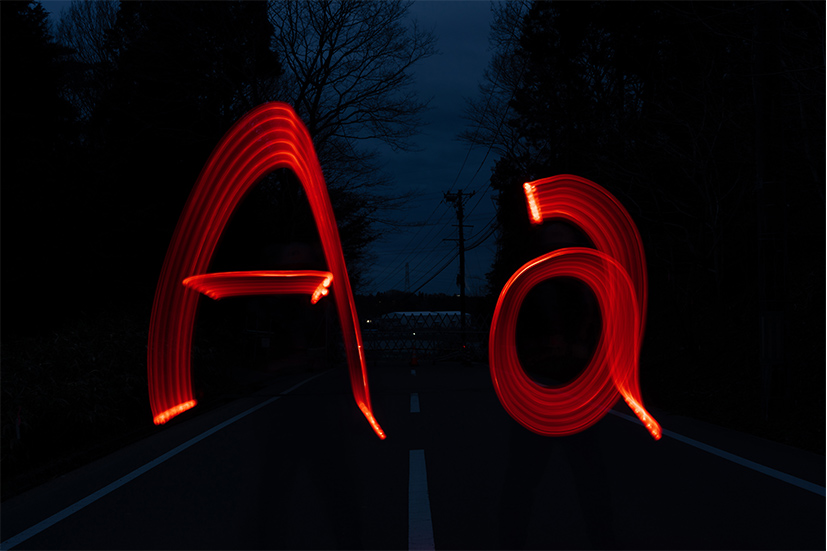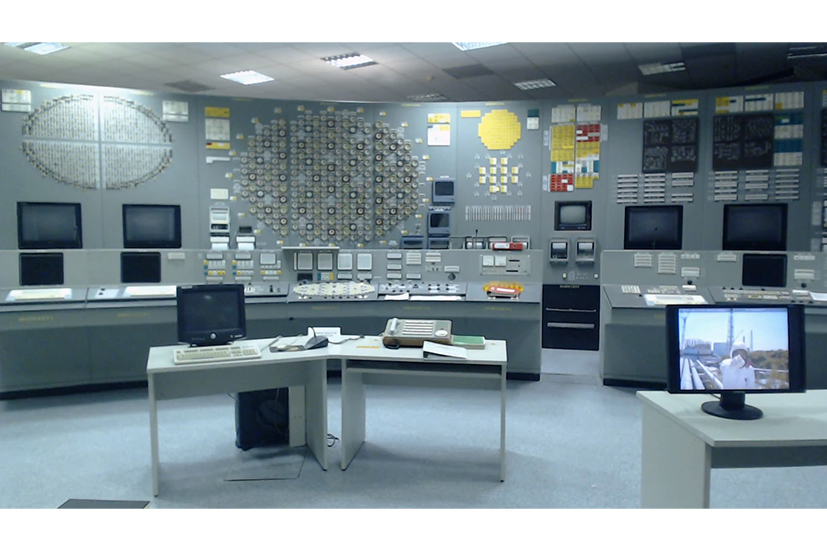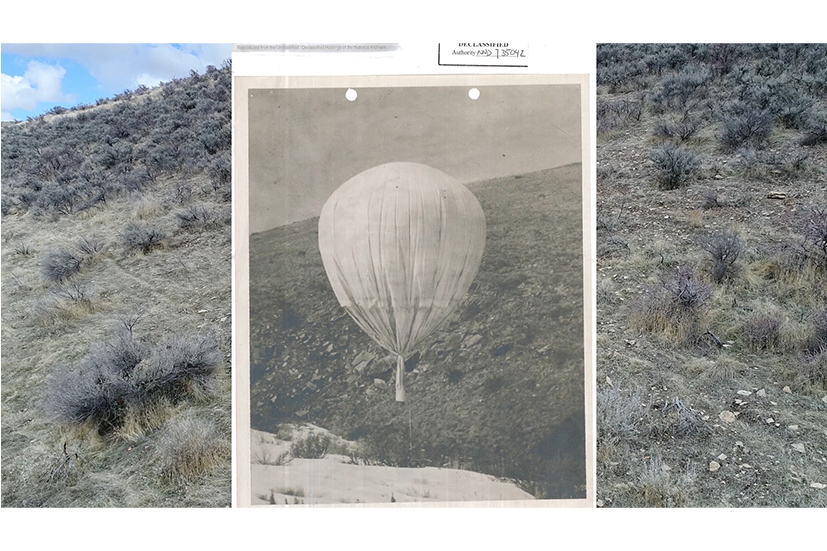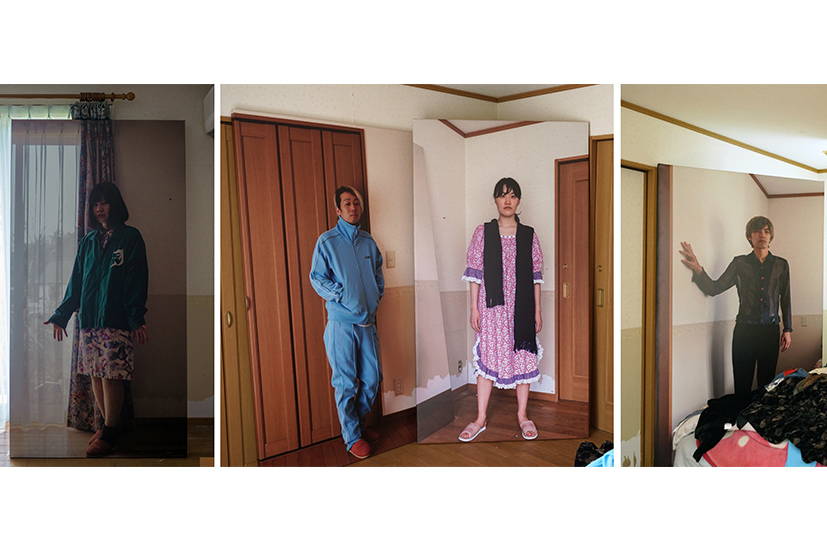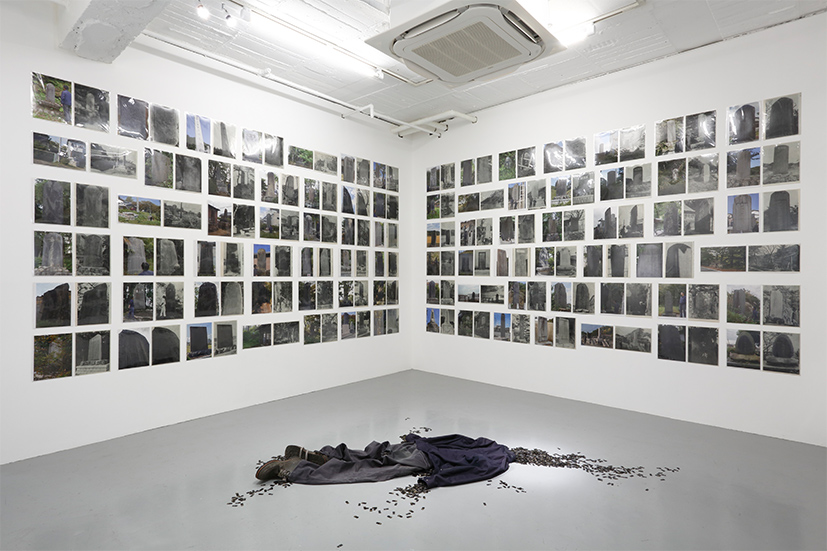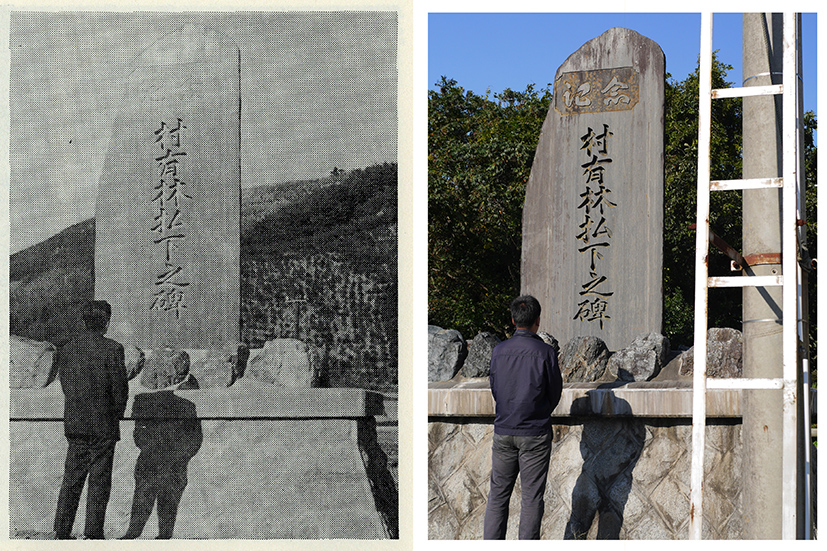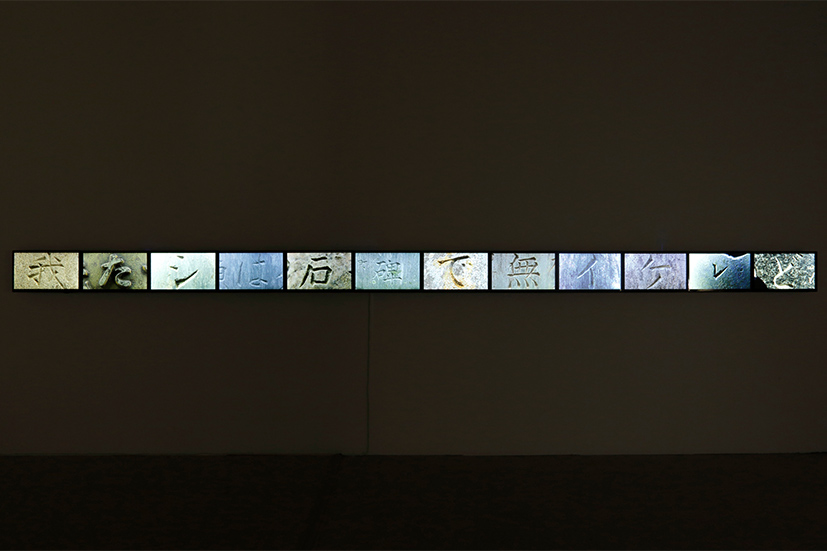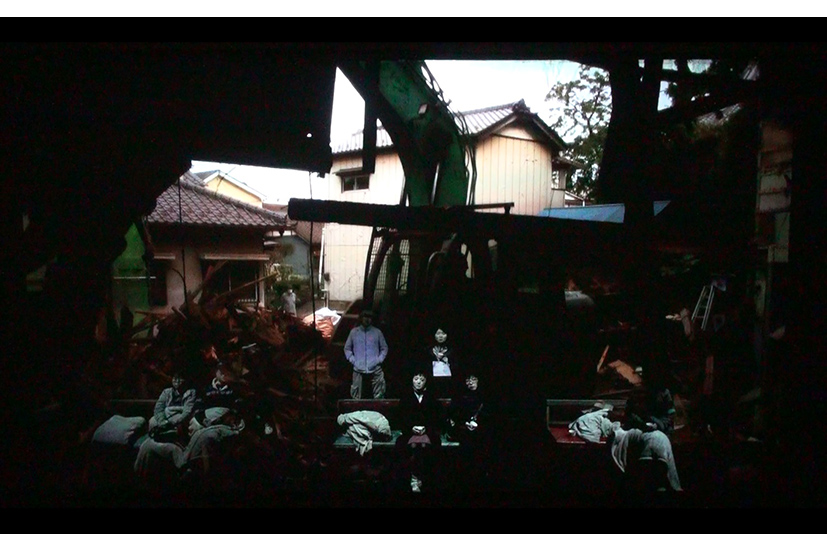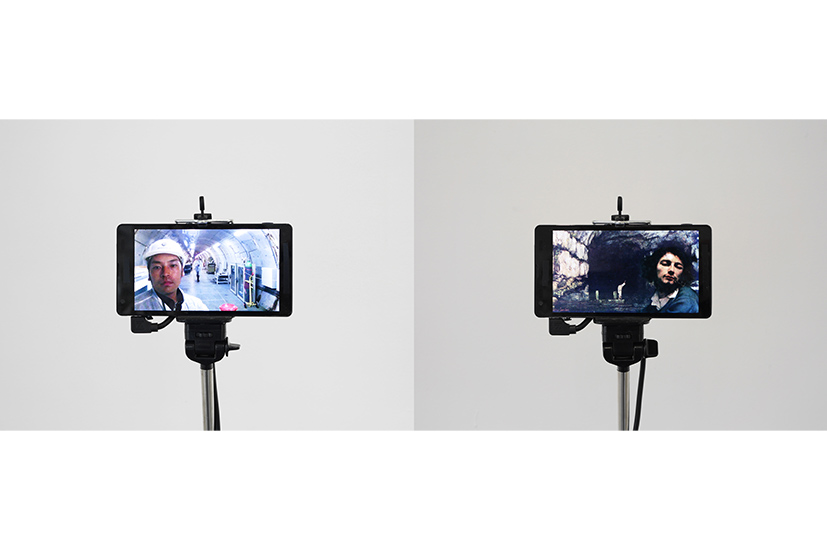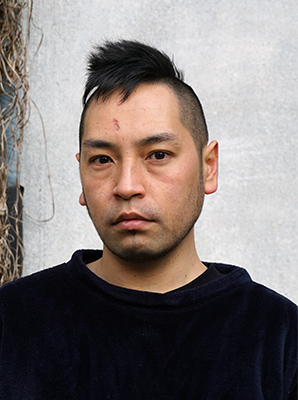Profile
Graduated with a BA in Department of Intermedia Art from Tokyo University of the Arts in 2008
Recent exhibitions
- 2025 “Borders are Nocturnal Animals / Sienos yra naktiniai gyvūnai,” Contemporary Art Centre (CAC), Vilnius, Lithuania
- 2024 “Echigo-Tsumari Art Triennale 2024,” Echigo-Tsumari region, Niigata
- 2024 Solo Exhibition “TAKEUCHI Kota Photo Exhibition,” Iwaki City Nakoso Barrier Museum of Literature and History, Fukushima
- 2022 “Roppongi Crossing 2022: Coming & Going,” Mori Art Museum, Tokyo
- 2022 Solo Exhibition “NEW ART SCENE IN IWAKI KOTA TAKEUCHI: Beyond the Beach,” Iwaki City Art Museum, Fukushima
- 2021 “New ways to grow: Artists envision a post-Covid world,” The University Art Museum, Tokyo University of the Arts
- 2021 “MOT Collection: Journals
Special exhibit: Mark Manders, Storage and Display,” Museum of Contemporary Art Tokyo - 2020 Solo Exhibition “Body is not Antibody,” SNOW Contemporary, Tokyo
- 2019 Solo Exhibition “Blind Bombing,” SNOW Contemporary, Tokyo
- 2017 “6th Asian Art Biennial,” National Taiwan Museum of Fine Arts, Taichung
- 2016 Solo Exhibition “Memory Bug” Arts Catalyst, London
- 2015 “Don’t Follow the Wind,” A house in Difficult-to-Return Zone in Fukushima
- As the Representative Agent of Finger Pointing Worker
- 2022 “JAPAN. BODY_PERFORM_LIVE: Resistance and Resilience in Japanese Contemporary Art,” Padiglione d’Arte Contemporanea, Milan
- 2019 “Weavers of Worlds -A Century of Flux in Japanese Modern / Contemporary Art-,” Museum of Contemporary Art Tokyo
- 2017 “Japanorama. A new vision on art since 1970,” Centre Pompidou-Metz, France
- 2017 “Invisible Cities,” Dallas Contemporary, USA
- 2016 “Takashi Murakami’s Superflat Collection,” Yokohama Museum of Art
- 2015 “GLOBALE:GLOBAL CONTROL AND CENSORSHIP,” ZKM, Karlsruhe, Germany
- *Finger Pointing Worker is a man who pointed at the public live camera in Fukushima Daiichi Nuclear Power Plant after the disaster in 2011. Takeuchi Kota is the representative agent of him.
Awards
- 2010 “The 10th Gunma Biennale for Young Artists,” Encouragement prize
Chair of the Selection Committee Comment
This year’s selection process was made even more challenging with the continuation of COVID-19 and the impossibility to travel. The majority of jury members couldn’t be at the artist studios physically. Instead, we relied heavily on studio visits and artist presentations on the Internet. Thanks to the superb organization of the TCAA team and the extreme patience and dedication of each artist, we were able to get a very comprehensive and in-depth survey of each artist’s practice.
With a mixture of jury members who have been involved in this award since the very beginning and new jury members, the discussion before the selection process and during the final deliberation was extremely lively and constructive. There have been a lot of reflections and consideration of how this award has been positioned and organized and how to move forward in the future. There has been a considerable amount of self-reflection on the jury’s part in terms of the criteria of evaluation. In the deliberation meeting, we were able to discuss each artist in detail, conveying each of our views frankly and fully. The final decision was a well-weighed and thoroughly-discussed one.
At a critical time such as this, when conditions of globalization is subject to challenge and re-examination, TCAA continues to make utmost efforts to connect artists to different aspects of the larger art world. The awards of such an endeavor, supporting artists to continue working and aiming for higher goals, will soon to come to fruition in the near future. As jury members, we are very honored to be part of such an outward-looking and future-looking commitment.
Reasons for the Award
While Takeuchi’s work seems to respond to recent social events in Japan, it is consistent in its concern with the ways in which memory is passed on, the nature of materials as media, and people’s passivity to them. His creative practice is highly regarded for its emotional impact and its willingness to engage deeply with the exploration of individual and collective forms of memory. In the new proposal presented here, he questions the ethics of remote technologies, looking at the blindness of remote attacks and a growing dependence on digital media as a source of information. His work presents an awareness of issues that have the potential to be shared by many more people beyond contexts specific to Japan.
